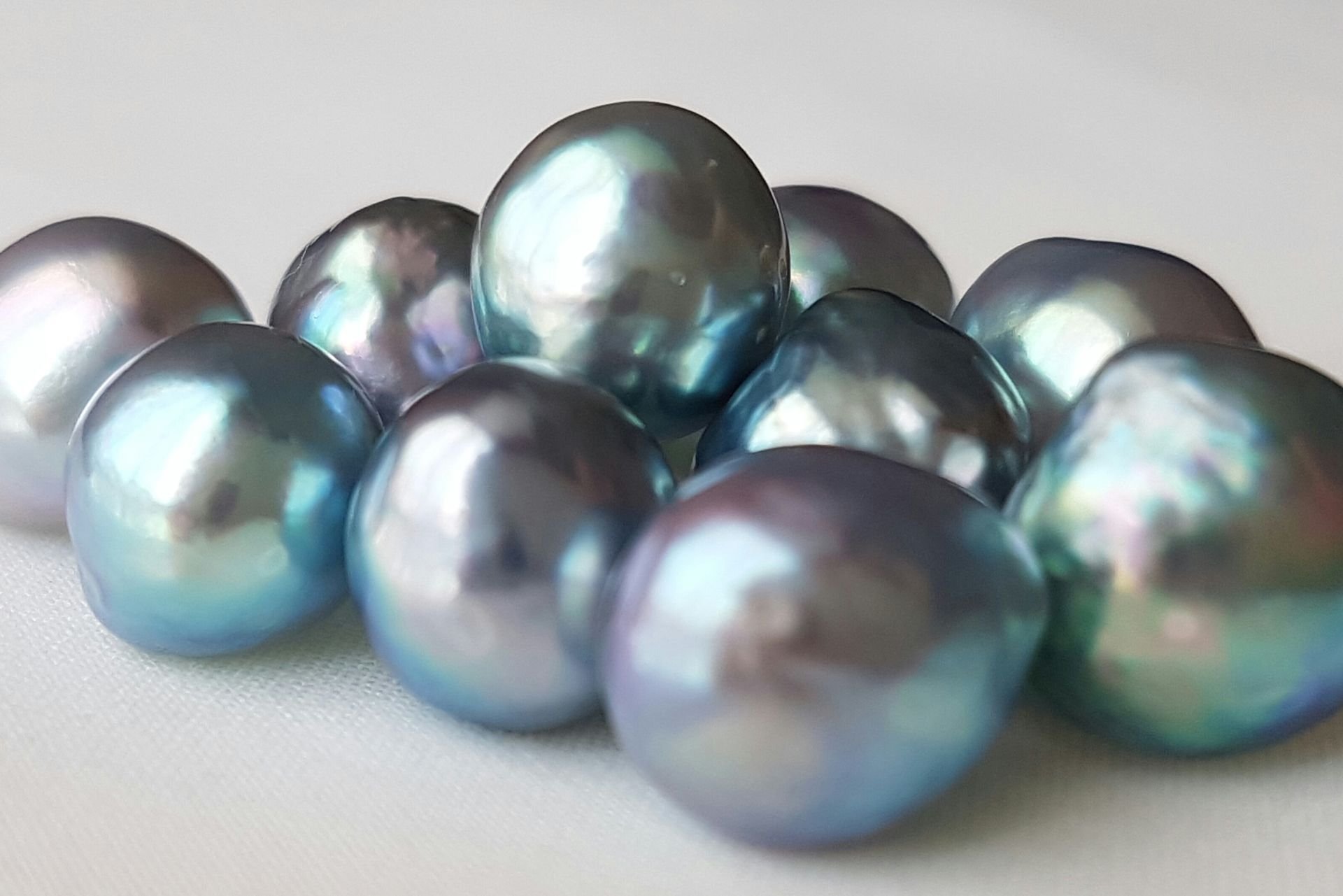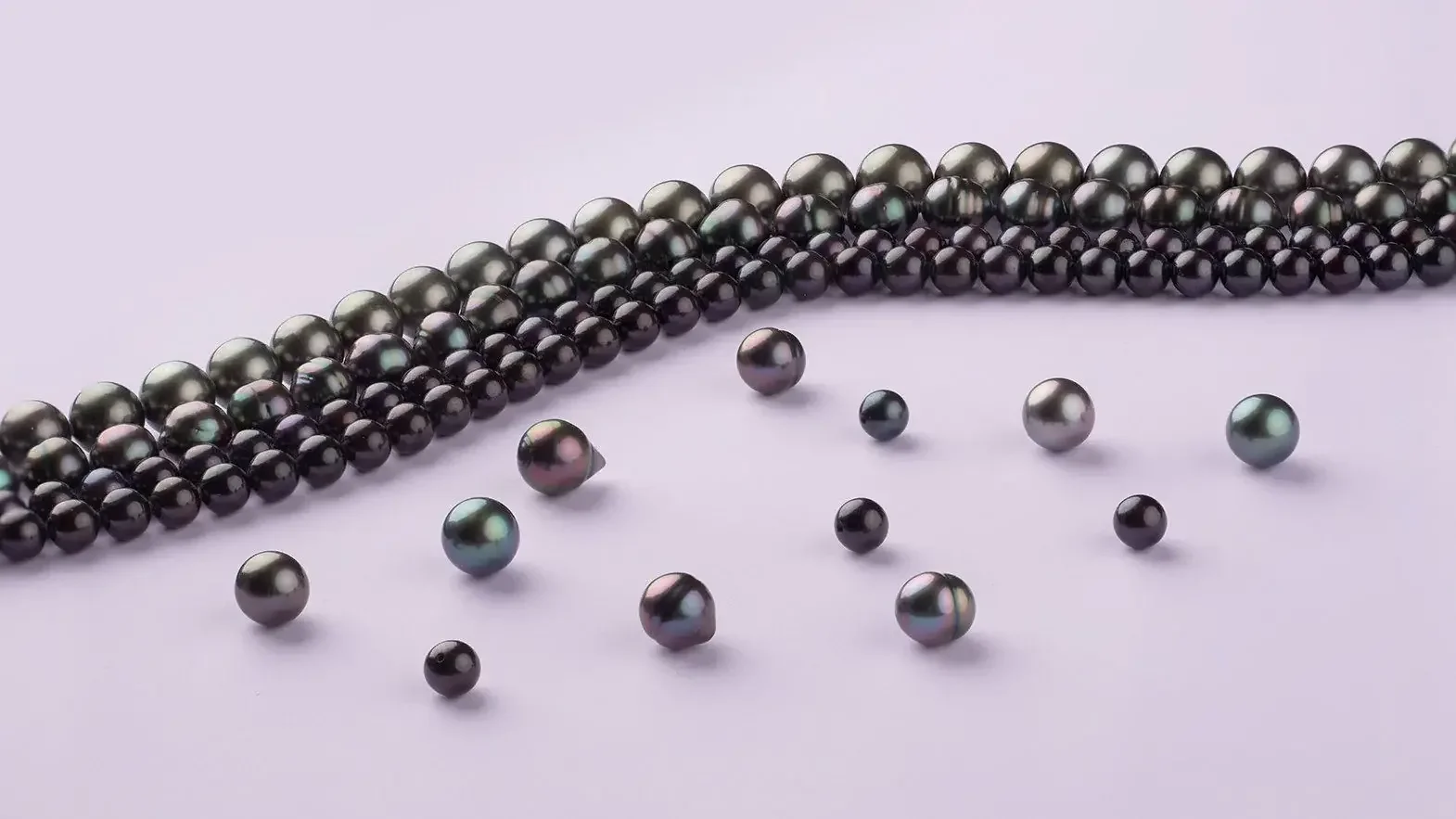"Understanding the Differences Between Natural and Dyed Akoya Pearls" All Entries


Akoya pearls naturally occur in shades of white to grey with neutral overtones of pink, green or silver. On rare occasions a blue akoya pearl with silver and pink overtones may present itself. Apart from these naturally occurring colors, akoya pearls can be dyed to achieve an array of rare and highly desirable colors.
One of the most popular colors when dying an akoya pearl, is black. However, an akoya pearl will never naturally occur in black and if you encounter such a pearl it has either undergone Cobalt-60 radiation or it has been dyed.
Dying pearls is a common practice in the jewelry industry, especially for akoya pearls that are relatively inexpensive members of the pearl family. Akoya pearls are often dyed to imitate the more plush pearl varieties such as Tahitan and South Sea pearls. When done well, dyed pearls can look just as beautiful as the pearls they are imitating and that is why it is important to check for an enhancement code before purchasing pearls.
In the absence of an enhancement code, price is a clear indication of whether akoya pearls have been dyed or not. It is safe to assume that when a pearl is selling relatively cheap but it looks like a Tahitan or South Sea Pearl, it is an imitation.
When akoya pearls are dyed the color treatment takes place at surface level and does not penetrate the entire pearl. Knowing this, a buyer can inspect the pearl’s drill hole for a variation in color between the pearl’s surface and interior. Of course, if a variation is detected, it is a fair bet that the pearl has been dyed.
Perhaps the most obvious giveaway when looking at a dyed akoya pearl is the level of perfection. Rarely does nature produce a perfectly colored pearl and often a degree of unevenness is detected. On the other hand when an akoya pearl has been dyed the entire pearl is perfectly uniform in color, and usually it is a color rarely seen in nature.
Chris Gardner famously said “The world is your oyster. It’s up to you to find the pearls”. If it is pearls you are after, look no further than Breckenridge, Jewelers, where our store in Breckenridge, Colorado is stocked with a variety of pearl jewelry in an array of colors.
Visit Breckenridge Jewelers in Breckenridge, Colorado where our friendly staff are more than happy to be of assistance.